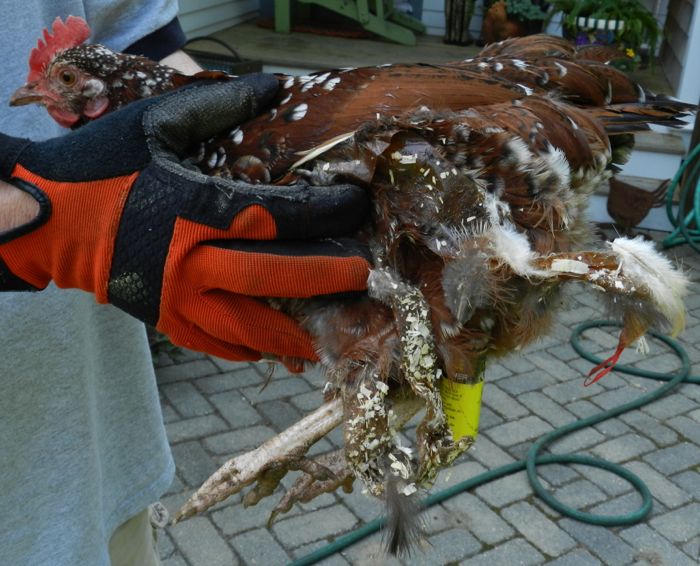To celebrate the first week of The Vintage Hen and the revamped HenCam, Crooked Brook is sponsoring a t-shirt giveaway. Eleanor and Edwina would approve of this historical image of Barred Plymouth Rocks, although no doubt they would prefer to see the hen in the foreground!
This t-shirt is a high-quality, preshrunk cotton with a seamless collar and double-needle stitching throughout The image is printed on the front. Crooked Brook t-shirts are printed using Direct to Garment Printing (a digital process) using an eco-friendly, water soluble ink. Crooked Brook makes custom tees with no setup fee or minimum.
All you have to do to enter is to leave a comment on this Vintage Hen Blog and tell me what your favorite breed is. To improve your chance of winning, tell your friends about The Vintage Hen. If you post on FB, or tweet, or post on your blog, come back here and enter again (an entry for each use of social media!) The contest will close on Saturday, June 2 at 9 pm EDT. A winner will be picked using a random number generator. I’ll contact the winner and you’ll have 24 hours to get back to me with a mailing address. I’ll pass your name to Crooked Brook, and they’ll ship to you within 30 days.
The contest is open to residents of the 48 contiguous United States. No PO boxes, please.
Update: This contest is now closed.




